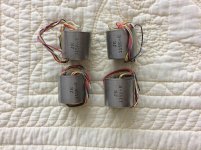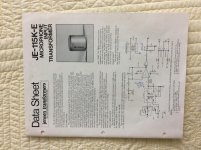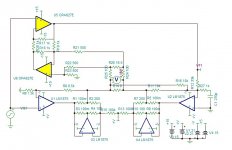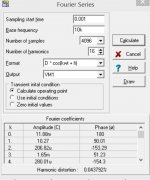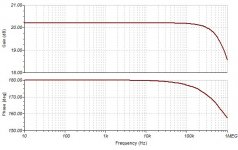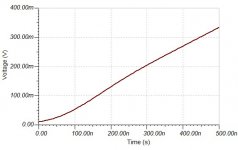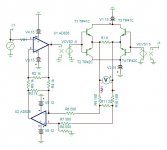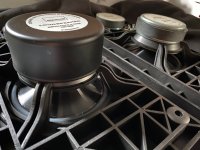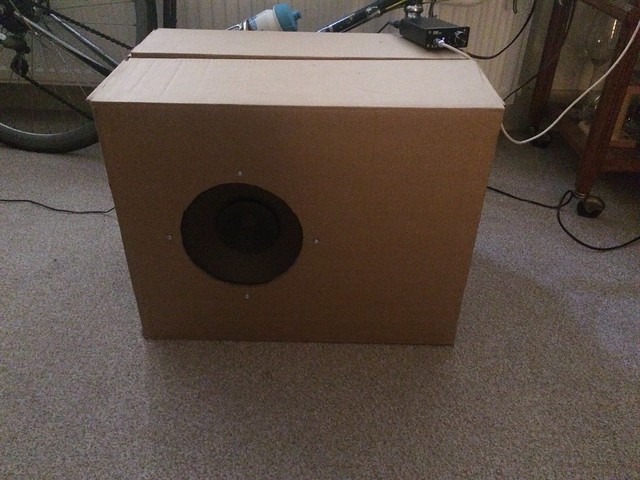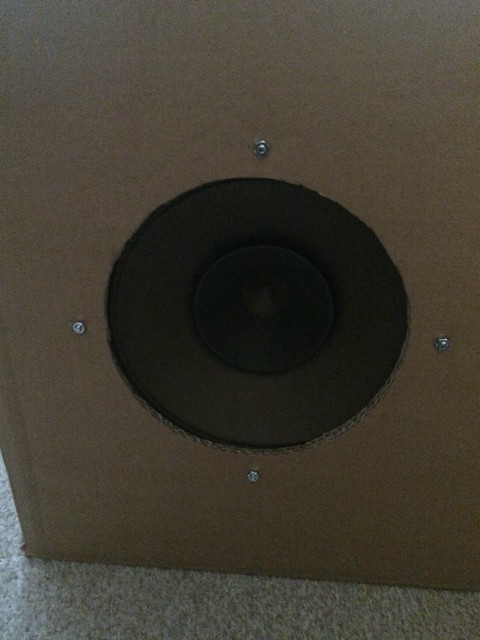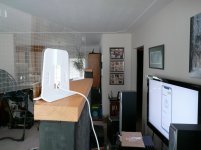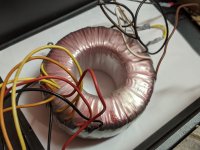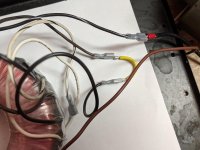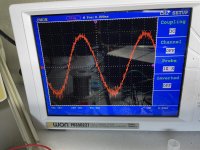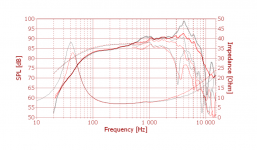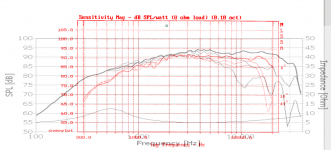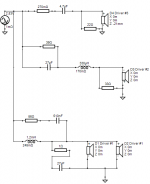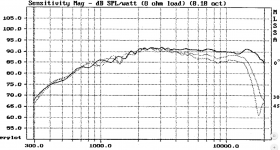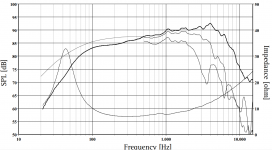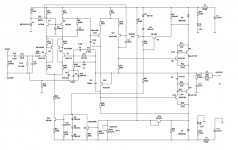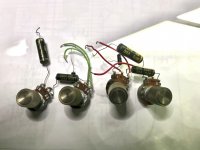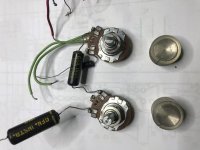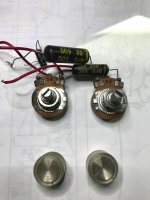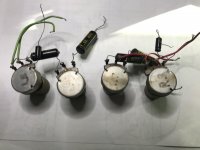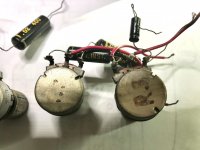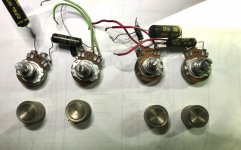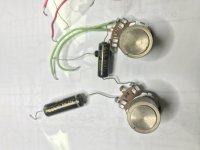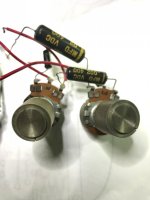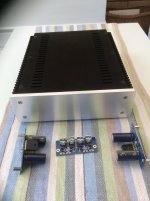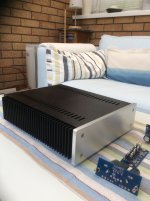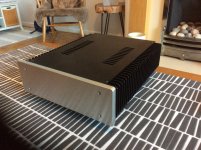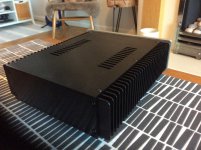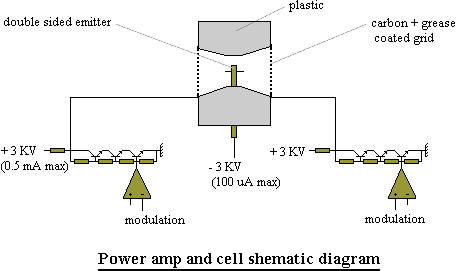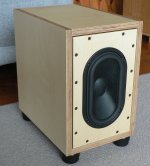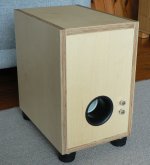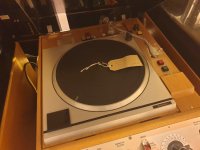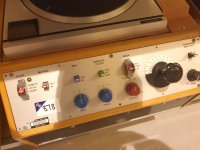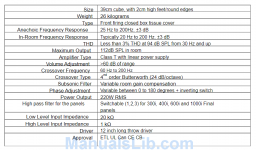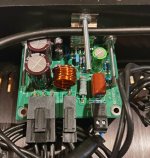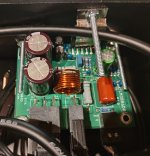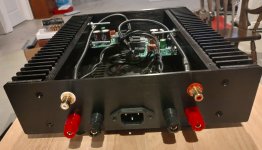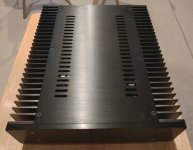I know enough about electronics to be dangerous, and my forte is old tube radios, so trying to figure out the protection system in a modern-ish hi fi amp has me puzzled, especially since Denon doesn't put voltages or useful circuit descriptions in their service manuals. I guess if I was a qualified service technician I would already know, right?
So, what had happened was:
I turned on the amp, and it hung at "1 Front Large". (I only have 2 speakers and was using it in stereo mode). Front controls were non-responsive. I didn't realize that was the protect mode, but...
(If I remember correctly, it had turned on, but I had a phono pre-amp plugged into the front AV inputs I'd forgotten to turn on, and didn't want to frighten the Denon, so I turned it off to turn on the pre-amp, and when I switched it on, that's when it would no longer work.)
I took the thing apart and immediately recognized 2 very swollen 10,000 uF capacitors. Well I know about caps, and I measured them, and they were about 30 or so uF each. Wow, how did I not hear hum as they slowly deteriorated? Anyway, Mouser has some nice Nichicons, so I replaced those, and a handful of other power supply caps for the helluvit, and...
No change. I was thinking maybe it's the microprocessor, because certainly it would tell me if it was in protection, right?
Anyway, after much futzing around, I decided to connect speakers to it, and noticed it only sends output to the Front B speakers. (Nothing on the front works, so no volume, no speaker selection, etc.) I noticed a loud pop, a brief hum, and then nothing. I then noticed the woofer of my cheap test speakers was being pulled way in. DC! Holy crap.
Disconnected the speakers and put some 10 ohm resistors (about 5 watts) so I could poke around. Yep, DC on the collectors of the front Left and Right channels. Also, wide DC swings on the base of both.
I disconnected the pre-amp board, to see if that was the source of this DC voltage into the power amp stage, and that disabled the protect circuit, the base voltage swung above my scope's screen, and before I could comprehend what was happening, I heard my 10 ohm resistors sizzling and burning.
Now they're 20 ohm's each! OK, so we'll put the preamp board back in.
Trouble is, I can't figure out what would affect both channels the same, and whether the bad caps had anything to do with it.
All DC voltages from the power supply seem normal.
The service manual is available from VinylEngine, but I don't have permission to post a link here. I presume Denon's amps of the mid-2000s are similarly designed, and hopefully someone can guide me.
A good tutorial on how these amps work, and a way to figure out which transistors are part of the amplifier, and which ones are part of the protect circuit would be helpful, as would some basic things I could check.
I have a scope, a soldering iron, and an account at Mouser, so that's enough to make me dangerous, I think. I would like to get this thing fixed and off my bench so I can go back to my tube radios and record players.
Thanks.
Dan



